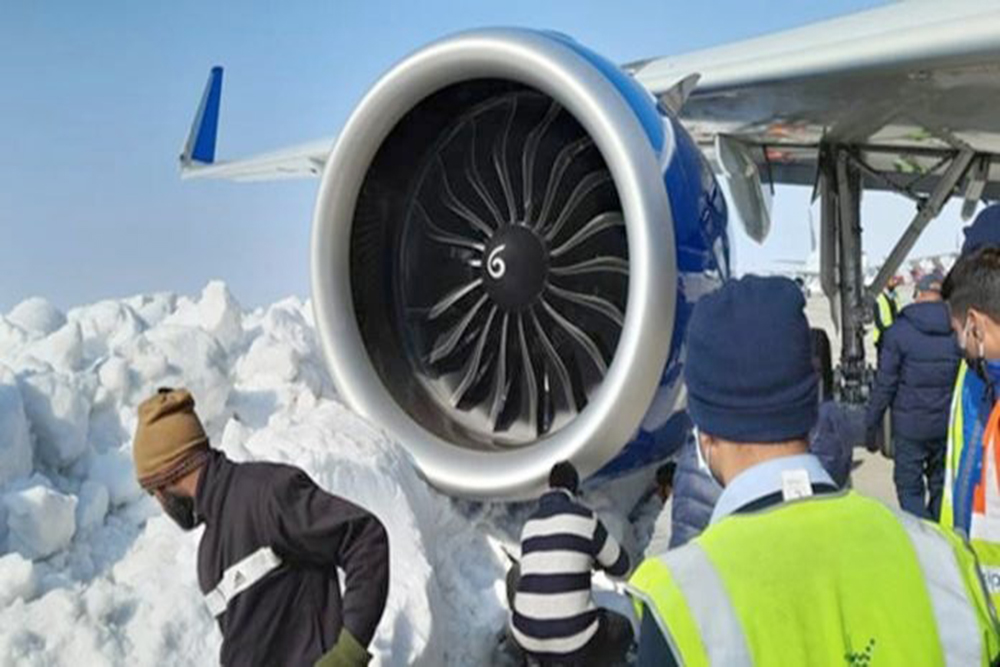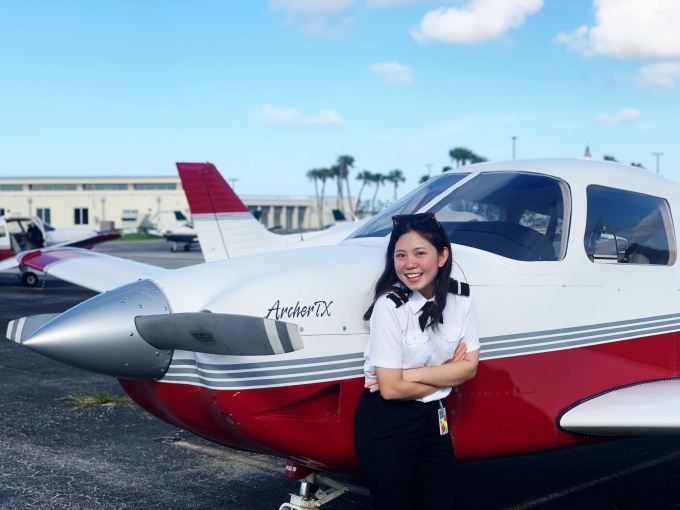Featuring Scott Dennstaedt:
“In most cases, snow falling below the base of a cloud deck is not an icing threat. Snow tends to just blow around the surfaces and does not adhere to the airframe. Flying through heavy snow at slightly warmer temperatures can cause a blockage of the induction system on some aircraft. So you must be prepared to use an alternate air source.
What about wet snow?
Wet snow implies that the temperature at your flight level is warmer than 0 degrees Celsius.
While it may initially stick to the airframe in some locations, it will likely melt shortly after contact. It’s rare, but if it does begin to accumulate you should treat it like any other icing encounter.
In other words, exit those conditions as soon as possible.
While snow may not be a serious structural icing threat, it can lower flight visibility below VFR minimums within a matter of seconds. Flying through snow can also be quite disorienting to some pilots. Whether you are flying VFR or IFR, be sure to turn on your pitot heat and scan those instruments, especially if you lose sight of the horizon. In this situation, your autopilot may be your best friend.
Perhaps the biggest threat from snow is when the aircraft is still on the surface. Pulling your plane out of a relatively warm hangar into a snowfall will cause it to accumulate on the surfaces of the aircraft quite quickly and contaminate the wing. Never attempt to depart with a contaminated wing. Snow stuck to the airframe will not simply blow off on your takeoff roll as you might expect, leaving the airplane severely handicapped for flight.”

 English
English
 Korea
Korea







